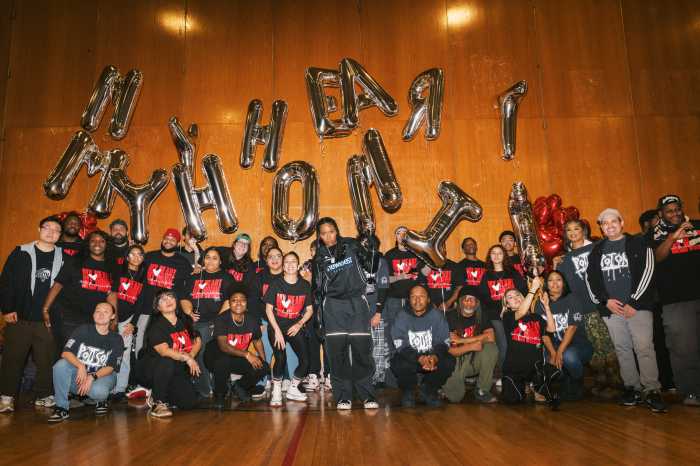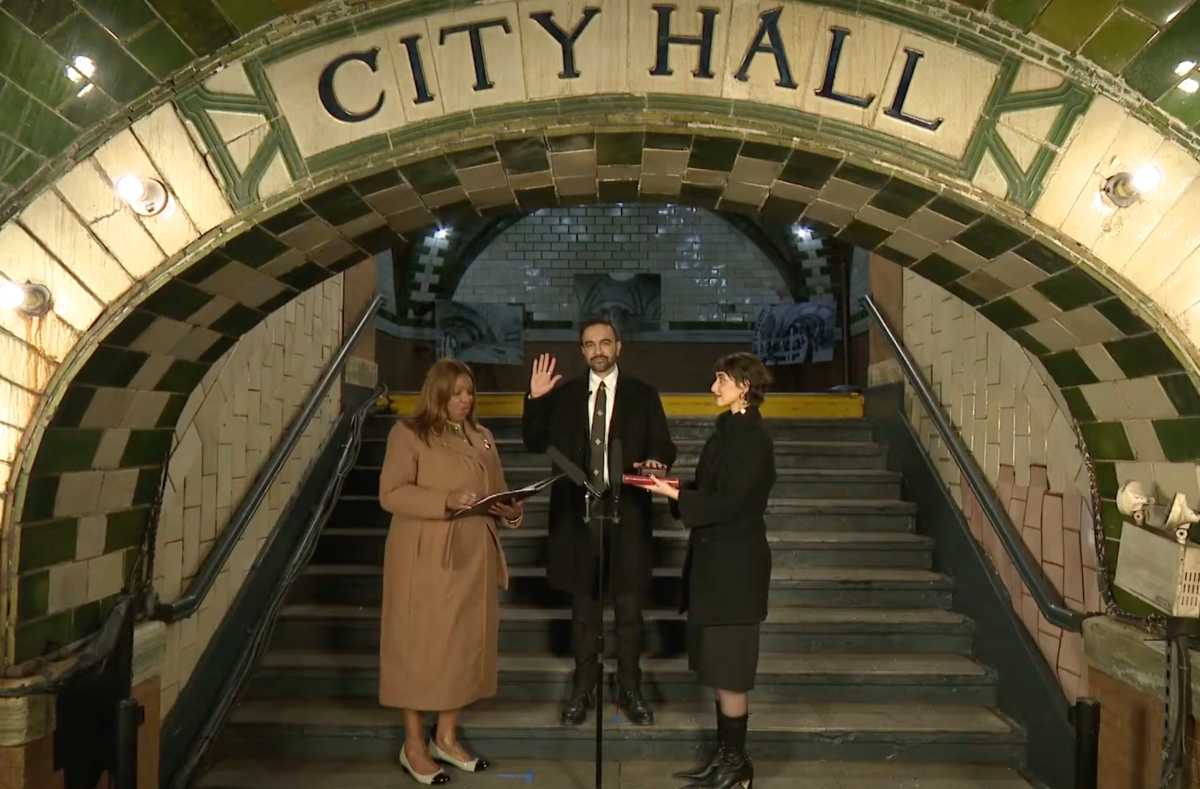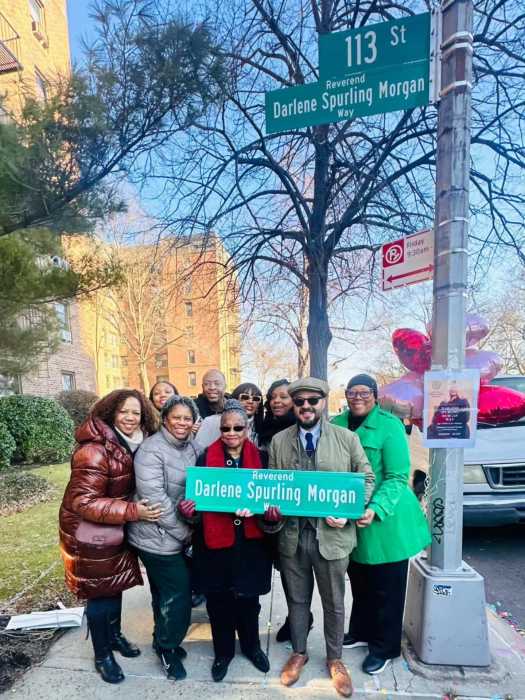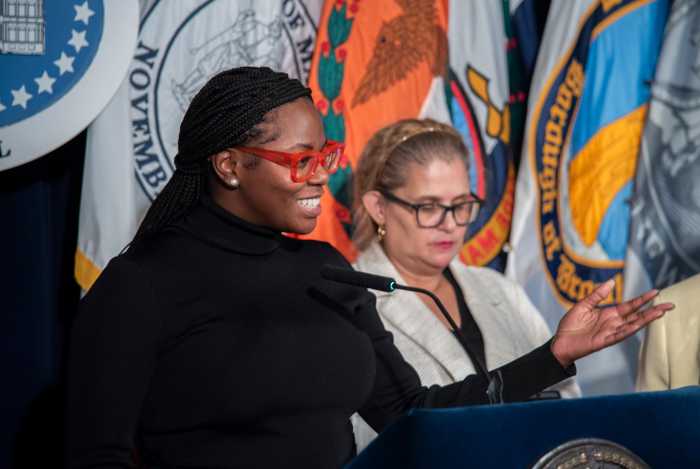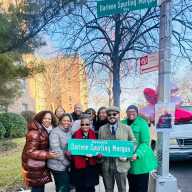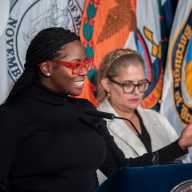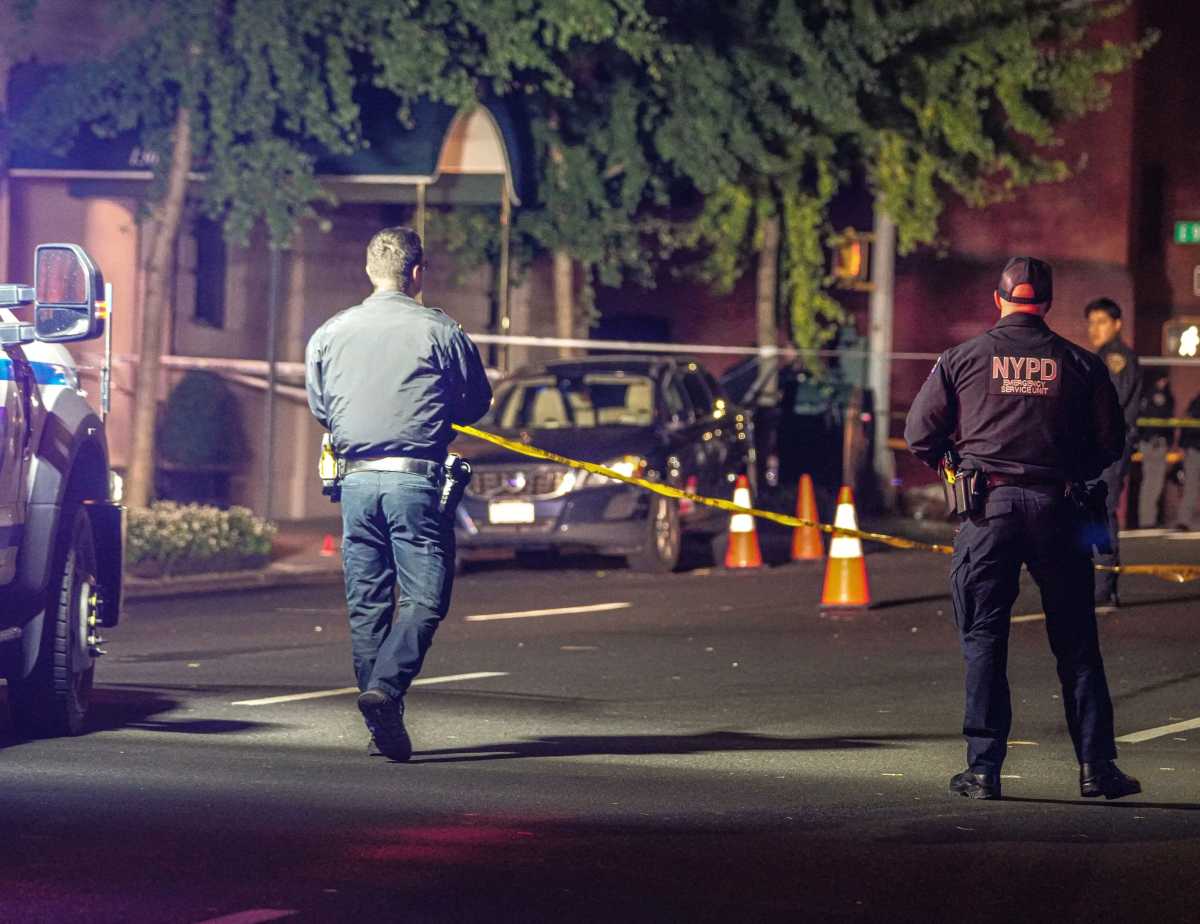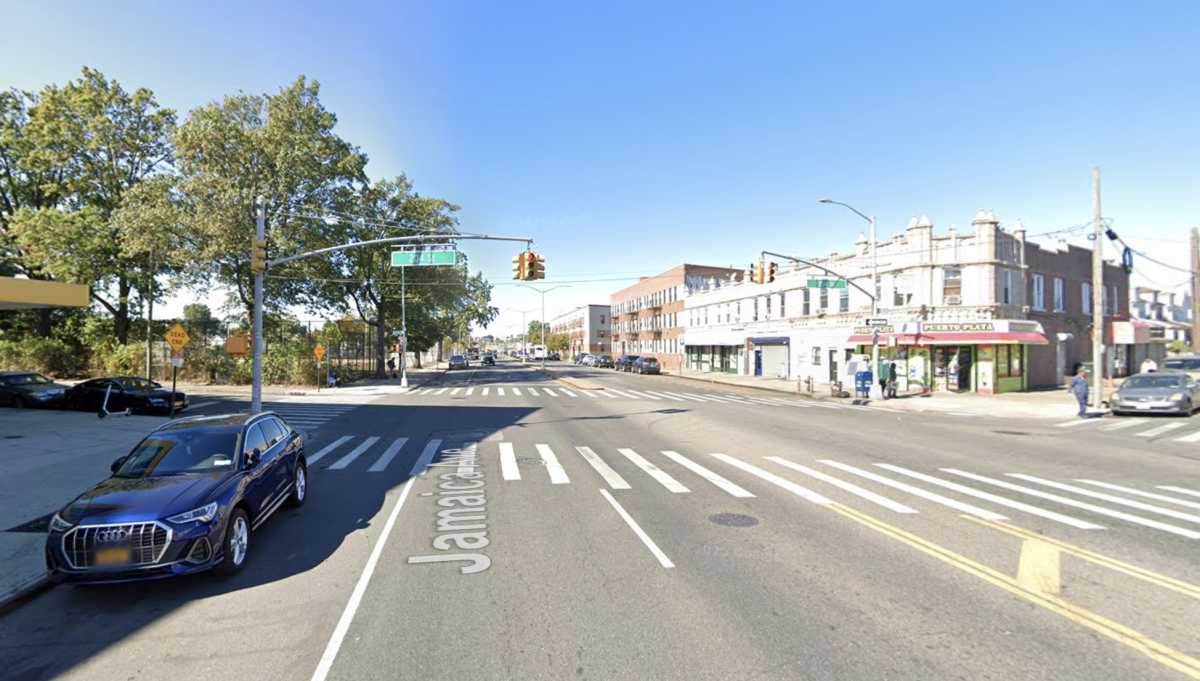Say Green Needs More City Support
City officials held a first-ever public oversight hearing regarding the future of Flushing Meadows-Corona Park (FMCP) last Friday, June 7.
The meeting, which was organized by City Council Member Julissa Ferreras, focused on the needs of the park and its current lack of funding.
Also attending were Council Members Jimmy Van Bramer and Melissa Mark-Viverito, as well the council’s Committee on Parks and Recreation
The three council members’ districts include portions of the nearly 900-acre park.
The oversight hearing marked a first for both FMCP and the City Council, as it was the first time the Committee on Parks and Recreation has ever held a hearing solely on the park.
“Having spent my whole life in and around FMCP, I can attest to the fact that it has not received the attention and resources a park of its size and high utilization deserves,” Ferreras said. “While this park has many needs, it is a gem of this city. As the site of the 1939 and 1964 World’s Fairs, FMCP drew visitors from all over the world. Although the park retains many of the structures built for these celebrations, sadly, many of these structures have fallen into disrepair. With an increased focus on the park’s management and allocation of resources over the coming years, we can help Flushing Meadows Corona Park achieve its full potential.”
According to Mark-Viverito, the city unfairly allocates more resources to “wealthier” parks.
“We have a tale of two park systems in this city, one that provides greater resources to wealthier parks while leaving parks like Flushing Meadows Corona Park in Queens behind,” said Mark-Viverito, who chairs the Committee on Parks and Recreation. “In holding today’s hearing, the Parks Committee has sought to bring awareness to disparities in funding between Flushing Meadows and other large destination parks. The mostly immigrant communities surrounding this park have the right to feel safe and enjoy their park just as much as residents who live near Central Park or the High Line. I am prepared to work with my colleagues on the committee to continue to look at the issue of inequities in parks funding.”
During the hearing, the communities surrounding FMCP testified about the impact the park has on their lives. Several special interest groups, including New Yorkers for Parks, the Pratt Center for Community Development and Make the Road New York (MRNY), also testified to the way local communities perceive the park and why it needs improvement.
New Yorkers for Parks squared with Mark-Viverito’s assertion that FMCP is under-served by the city.
“Currently, there are only 18 fulltime and 35 summer employees dedicated to the park, compared to 300 in comparably-sized Central Park and 135 in Prospect Park, which is about 200 acres smaller,” said Holly Leicht, executive director of New Yorkers for Parks.
The group’s testimony suggested the city treats the park more like a revenue generator and less like an open, public space.
“While the park’s concessions generate more than $5.8 million in annual revenue for the city’s general fund, the city spends less than $2 million a year on maintenance in Flushing Meadows-Corona Park,” Leicht continued. “And the private entities that are housed in the park-the US Tennis Association (USTA) and the New York Mets, for example-don’t contribute a dime toward park upkeep. Clearly, for the park to be maintained at an acceptable level, the massive discrepancy between what this park is generating for the city and for the private beneficiaries and the level of resources being put back into the park must change.”
Developers and sports clubs are in various stages of negotiaion with the city for projects that would utilize the park.
The USTA is seeking to expand its National Tennis Center by .68 acres in order to renovate much of its facilities. The center currently comprises 46 acres inside the park, and critics say the USTA does little to stimulate local business or neighboring communities. The development plan got Borough President Helen Marshall’s blessing, though she stipulated the USTA needs to invest heavily in the park and neighboring communities.
Major League Soccer has expressed an interest in building a stadium where the Unisphere sits, but after some backlash, team owners have said they are open to building outside of the park.
Related Cos. and Sterling Equities- the owners of the New York Mets-have proposed developing the industrial area of Willets Point east of 126th Street as well as creating a destination shopping center on the former footprint of Shea Stadium (now a parking lot), which is also park land. The development is in the early stages of its review process.
Other groups at the hearing June 7 advocated for the park as a matter of public health policy.
“FMCP is both the heart and lungs of the communities surrounding it, especially in the heavily immigrant districts bordering the north end of the park, represented by Community Boards 3, 4 and 7,” said Elena Conte, senior organizer for planning and policy at the Pratt Center for Community Development. “Childhood obesity in Corona is the highest in the city. In addition to the social, mental and physical health benefits of the park, through a conservative methodology developed by the Trust for Public Land, it is estimated that FMCP saves the mostly low-income users of the park $23 million annually on avoided costs like gym memberships, places to hold birthday parties and so forth.”
For some speakers, the chance to testify about the park was about more than public policy.
“It is … where I take my autistic son, who is 11 years old, to run free and enjoy the outdoors, to enjoy the quiet, safe and open space that is lacking in many neighborhoods across Queens,” said Zara Jaramillo, who is a member of MRNY and the Partnership for a Healthier Queens. “For autistic children like my son, being in Flushing Meadow Park is the best therapy.”
In concluding the hearing, Ferreras expressed a continued commitment to collaborate with the Department of Parks and Recreation and City Council to accomplish necessary improvements in FMCP.
“Having more information on FMCP’s budget, staffing, the use of funds from concessions and the implementation of the FMCP Strategic Framework Plan will help us create a comprehensive plan for the future of FMCP. I thank the Parks Committee for agreeing to hold this important hearing, and I look forward to continuing my work with my colleagues in government to address the needs of this beloved Queens park.”

